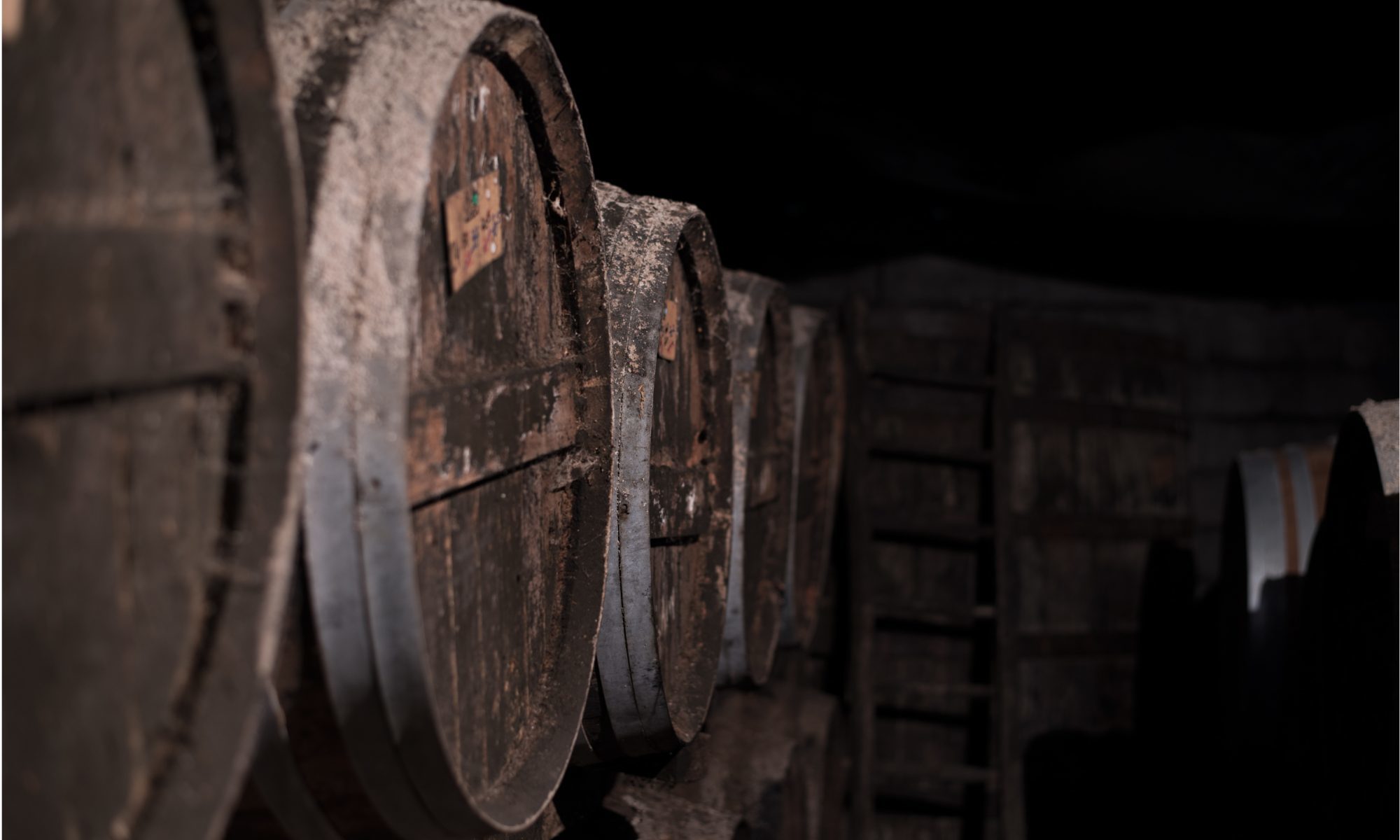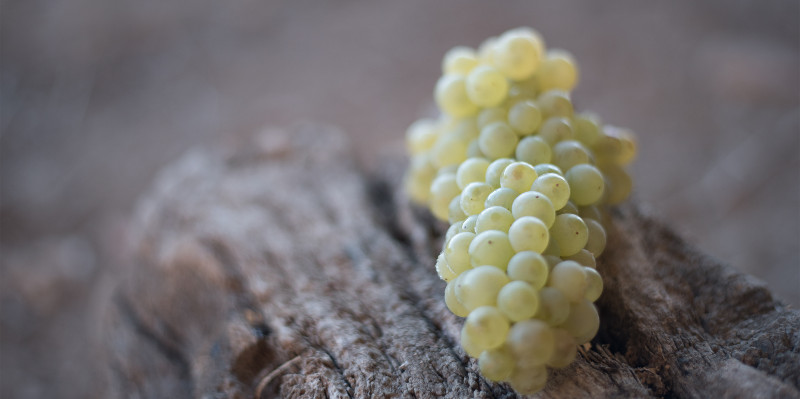History of Pineau des Charentes and Cognac P&C
History of Cognac
Winegrowing appeared in the Charentes region by the end of the first century after JC. In the Middle-Age, wines of the Charentes region were appreciated in the Northern European countries (England, Flanders, Holland and Norway) and international trade was encouraged by the navigation on the river Charente.
However, because of a high degree of alcohol, the quality of the wines was altered by the length of sea journeys, which led the Dutch to distill the wines in order to better preserve them: they invented the “brandwijn” and drank it with water.
Then, wines were distilled in the producing region to reduce the volume to transport, and the double distillation process appeared which enabled to produce a more stable “eau-de- vie”, easier to transport. Producers also discovered that the quality was improved with age in oak barrels, made from the close Limousin’s forest.
Au XVIIIe et XIXe le commerce de ces eaux-de-vie se développe vers le pays d’Europe du Nord, l’Amérique et l’Extrême-Orient.
During the 18 th and 19 th centuries, international trade quickly developed with Northern European countries and two new markets: America and Far East.
At the end of 19 th century, the majority of the vineyard was destroyed by the insect phylloxera and was then replanted thanks to an American phylloxera-resistant grapevine, but it took many years to recover. Traditional used grapevines varieties were gradually replaced by the more resistant Ugni-Blanc, which is now the most used variety.
At the beginning of the 20 th century, the geographic production region was delimited and then Cognacwas recognized as an “Appellation d’Origine”.
Today, Cognac is an international luxury product, of which more than 90% of production is exported to 160 countries.
It represents an eau-de-vie of excellence, symbol af France and its “Art of Living”.
History of Pineau des Charentes
The Pineau des Charentes, originally legendary, shares its history with Cognac. For more than four centuries, winemakers elaborate, with passion, this unique wine in the world, in the respect of the traditions and know-how transferred from a generation to another.
Since 1945, the quality of their workis rewarded by an “Appellation d’Origine Contrôlée, AOC” (Controlled Appellation of Origin).
Thanks to a unique “terroir”, located between the country and the Atlantic Ocean, the fertility of chalky soils and the oceanic climate enable an excellent grape ripening.
The harvest period begin from late September.
The grapes are then pressured to obtain grape must and then muted with Cognac to stop the fermentation process.
Pineau des Charentes is then ageing in oak barrels to develop its flavor and then bottled on the property.
Territory & AOC
P&C brand is proud to propose to its client high qualitative products, elaborated with respect to traditions and with a preserved know-how on the property. The ageing period is superior to Controlled Appellation of Origin requirements.
Cognac benefits of a Controlled Appellation of Origin which guarantees an elaboration of quality. Its origin, its terroir and manufacturing methods scrupulously respect the Cognac technical specifications.
The vineyard extends over approximatively 75 000 hectares which are located in the Charente-Maritime and the main part of the Charente departments, as well as two enclave in Dordogne and Deux-Sèvres. It is divided in 6 “crus” which are defined by their soil geological characteristics :
– The Grande Champagne, which produces the finest and lightest eaux-de- vie,
– the Petite Champagne, which produces eau-de- vie of excellence but without reaching the same finesse degree,
– the Borderies, with eaux de vie with floral notes,
– and finally the Fins Bois, Bons Bois et Bois Ordinaires, which produce faster ageing eaux-de- vie.
The vineyard extends over a landscape composed of plains and hills with gentle reliefs and clay-limestone soils. It benefits from a temperate oceanic climate, characterized by mild temperatures and sunshine, particularly favorable to the excellent ripening of the grapes.
The grape varieties
The grape varieties that can be used for production are defined by the specifications of the AOC: Colombard, Folle Blanche, Folignan, Montils, Sémillon and the Ugni Blanc. This last constitutes the majority grape because of its better resistance to disease.
The winegrowing respects the rules of art and the grape harvest happens once the grapes are mature, usually from mid-September to mid-October.
The pressing
The pressing is immediately after harvest and the juice fermented to be vinified in two stages, to produce the distillation wines that will then be selected before being distilled..
The distillation
The distillation is then carried out with a copper Charentais alembic, in two successive stages :
– the “first heat” which corresponds to the distillation of the wine and makes it possible to obtain the « brouillis »,
– and the “second heating” or “repasse” or “good heating” which consists in distilling the “brouillis” to obtain Cognac brandy.
Distillation allows the concentration of flavors by the selection of the best aromas of the wine.
The ageing stage
During the ageing stage, carried out in the dark cellars, in the barrels oak of Limousin or the forest of Tronçais, the eau de vie evolves and develops its aromas and its color by a slow maturation which master without interruption.
The evaporation of alcohol during this stage is called the “part des Anges” (part of the Angels).
The blending
The blending, technique of ancestral tradition, is the trademark of each Cognac house and consist to blend selected eaux-de-vie of different ages.


